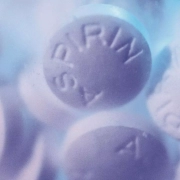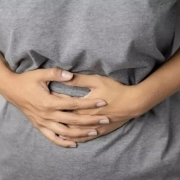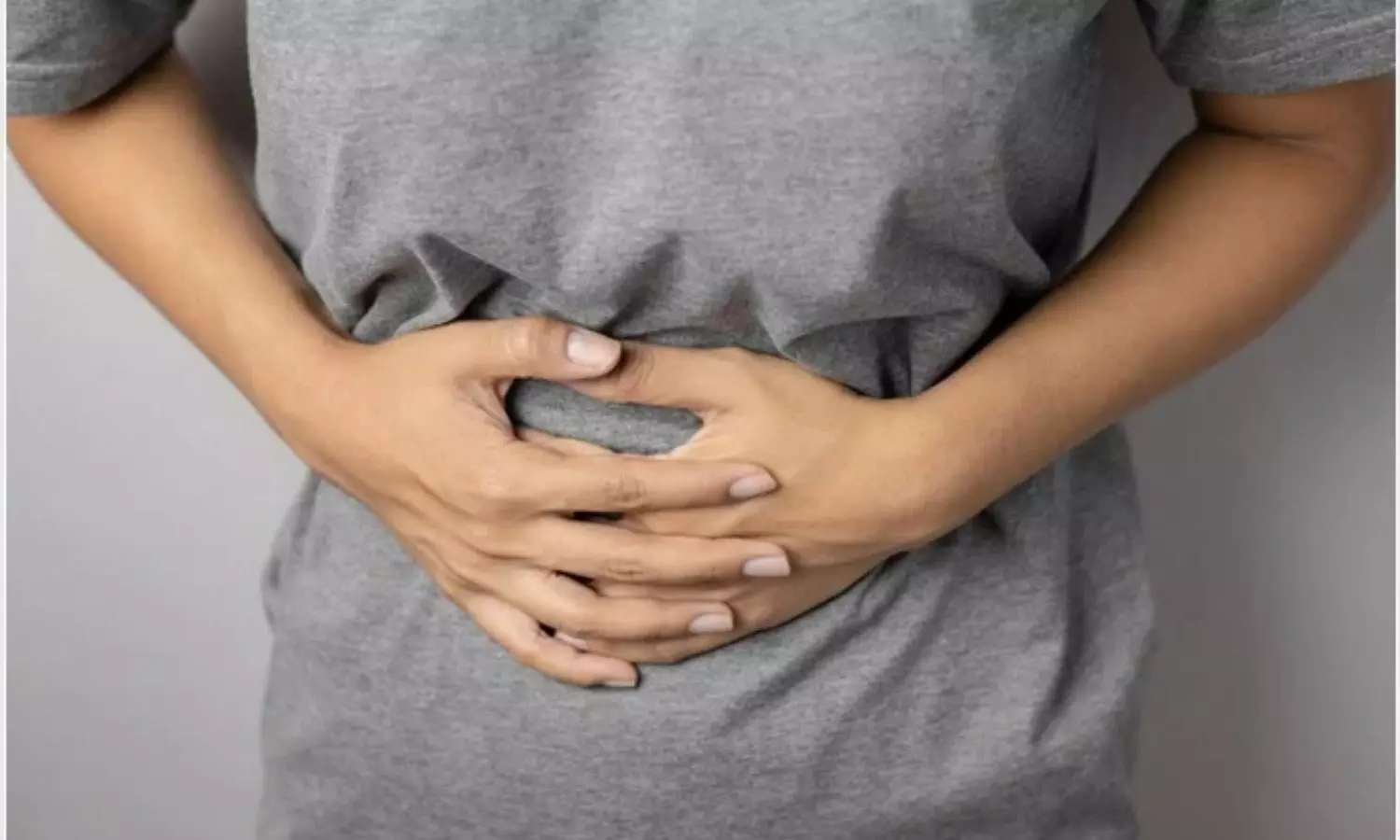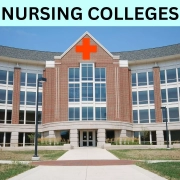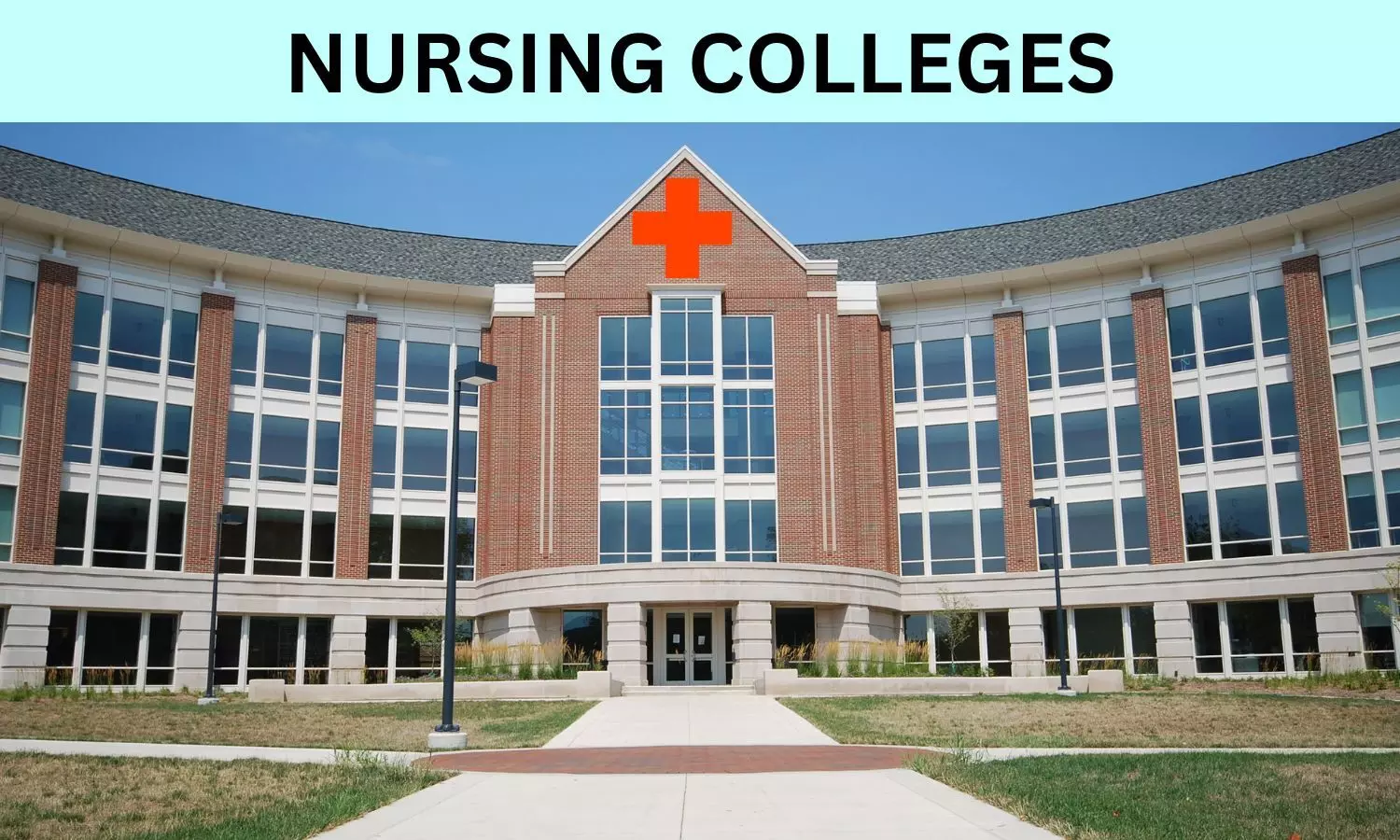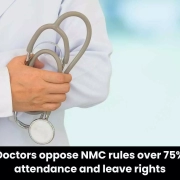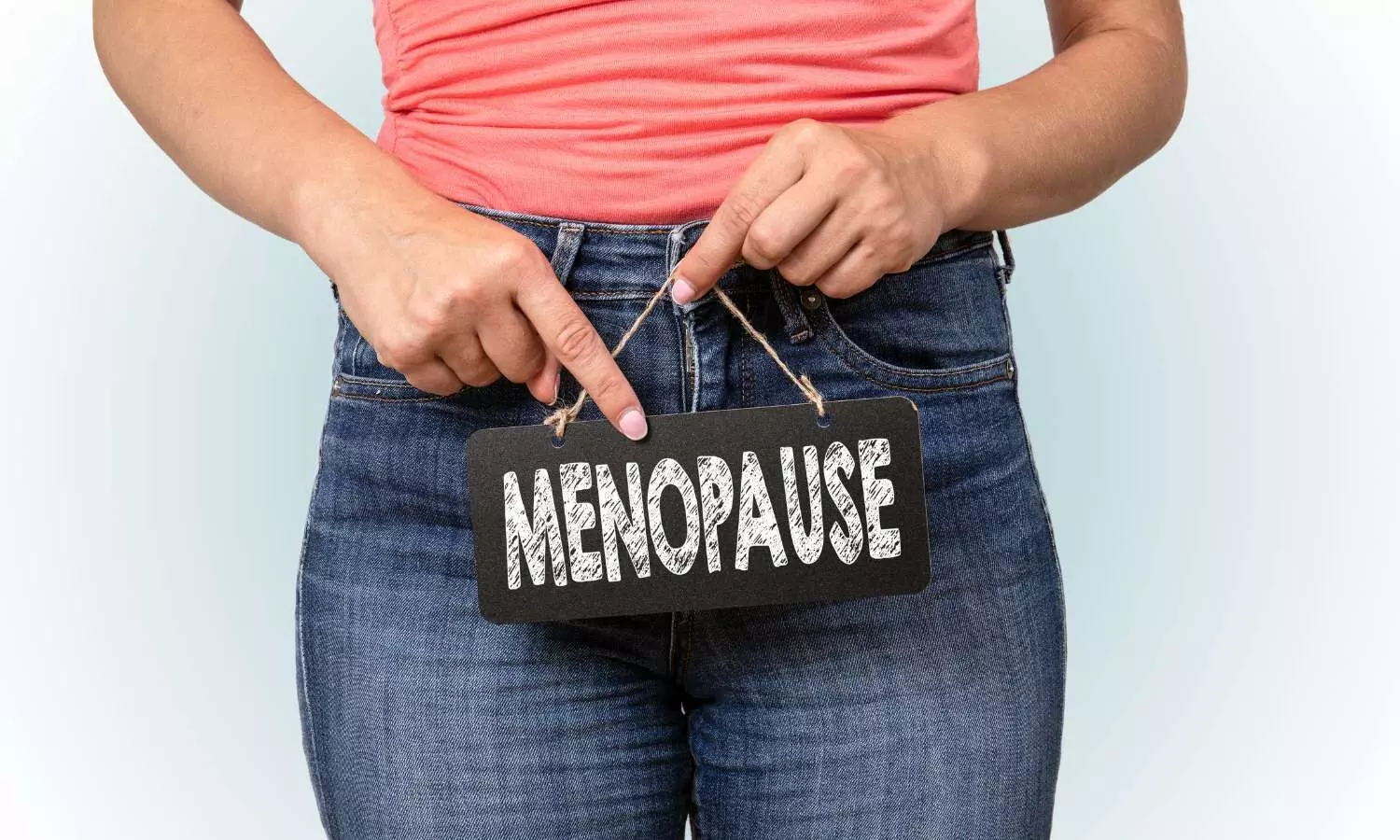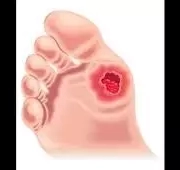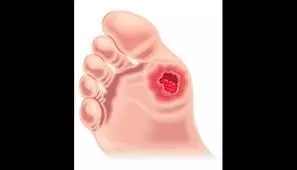Do JAK-STAT Inhibitors confer increased risk of vascular complications in dermatology patients?

Australia: Evolving evidence suggests that dermatology patients receiving Janus kinase–signal transducer and activator of transcription inhibitors (JAK-STATi) may be at increased risk of venous thromboembolism (VTE) and major adverse cardiovascular events (MACE). Most existing literature focused on indications that may confer a higher risk of MACE and VTE than that among patients with isolated dermatological indications.
A recent meta-analysis of randomized clinical trials did not identify a significant rise in the risk of VTE and MACE in dermatology patients receiving JAK-STATi for a median duration of 16 weeks.
The results of the review published in JAMA Dermatology suggest that the evidence is insufficient regarding an increased risk of cardiovascular complications conferred by JAK-STATi in dermatological patients, particularly when used for short time frames.
JAK-STATi include Janus kinase and tyrosine kinase 2 (TYK2) inhibitors, medications that target the JAK-STAT pathway; a series of intracellular mediators that result in amplification and gene transcription through a secondary messenger pathway. Over the past decade, JAK-STATi has revolutionized the management of several dermatological conditions.
In 2022, the ORAL study, a large open-label randomized clinical trial, suggested that rheumatoid arthritis patients receiving JAK-STATi may be at higher risk of MACE and VTE. This prompted a classwide black box warning counselling against their use in patients above 65 years or with preexisting cardiovascular risk factors. Similarly, dermatological guidelines have recommended against JAK-STATi use in certain population groups, or only in patients who have failed trials of more established therapies, including TNF inhibitors.
Against the above background, Patrick A. Ireland, Prince of Wales Hospital, Randwick, New South Wales, Australia, and colleagues aimed to evaluate the risk of VTE, MACE, serious adverse events (SAEs), and tolerability of systemic JAK-STATi compared with placebo, in those with a dermatologic indication.
For this purpose, the researchers carried out a systematic review of the literature from June 2023 using online databases. The analysis was reported following the Preferred Reporting Items for Systematic Reviews and Meta-analyses (PRISMA) reporting guidelines.
The eligibility criteria of the studies were placebo-controlled randomized clinical trials that compared systemic JAK-STATi with placebo and investigated the safety in patients with atopic dermatitis, vitiligo, psoriasis, alopecia areata, lichen planus or hidradenitis suppurativa. Study selection and data extraction were carried out by two authors working independently using a standardized template.
The main outcomes were the incidence of VTE, SAE, MACE, and study discontinuation due to TEAEs. Analysis of these values was done against person exposure years to determine the incidence rate (IR). Risk ratios (RRs) compared incidence rates among treatment and placebo comparator arms.
The researchers reported the following findings:
- Forty-five randomized clinical trials were eligible for inclusion, with 12 996 patients receiving active JAK-STATi therapy and 4925 allocated to placebo treatment.
- There was no significant increase in MACE (I2 = 0.00%; RR, 0.47) or VTE (I2 = 0.00%; RR, 0.46) between placebo and JAK-STATi comparator arms.
- There was also no significant difference in SAEs (I2 = 12.38%; RR, 0.92) and discontinuations between JAK-STATi and placebo (I2 = 23.55%; RR, 0.94).
“We did not identify a significant increase in the risk of MACE and VTE in dermatology patients receiving JAK-STATi in the short term,” the researchers wrote.
The results aid in reassuring clinicians that prescribing these medications in short intervals to patients with low CV risk profiles appears to be both well tolerated and safe in this cohort.
“Given the limited evidence, clinicians must remain judicious in their use of these medications for long durations and in high-risk patient populations,” the research team concluded.
Reference:
Ireland PA, Jansson N, Spencer SKR, Braden J, Sebaratnam D. Short-Term Cardiovascular Complications in Dermatology Patients Receiving JAK-STAT Inhibitors: A Meta-Analysis of Randomized Clinical Trials. JAMA Dermatol. Published online January 31, 2024. doi:10.1001/jamadermatol.2023.5509
Powered by WPeMatico


